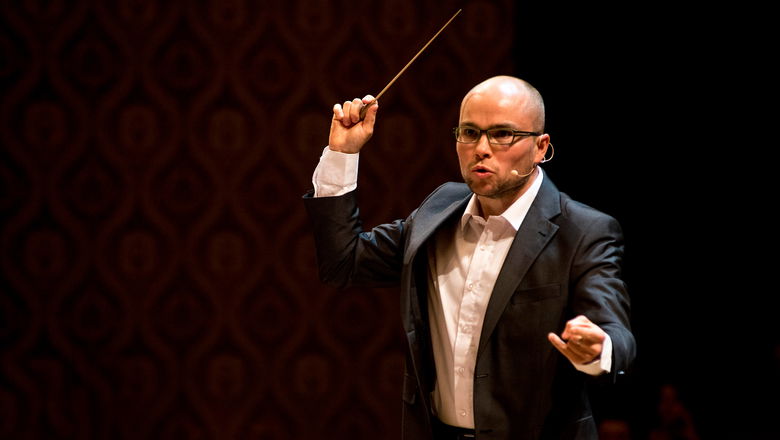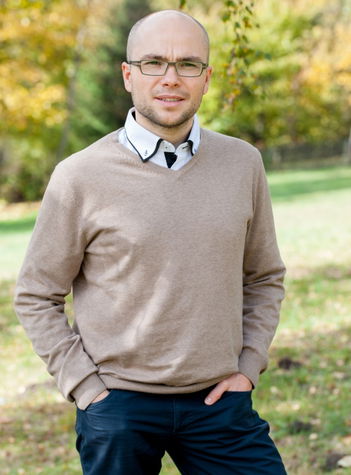Kristina Marková Stepasjuková studied the piano at the Pardubice Conservatory (under Inna Tolmačová) and the Academy of Performing Arts in Prague (under Ivan Klánský), from which she graduated with a doctorate (P. I. Tchaikovskyʼs solo piano works). She then went on to study chamber music at the Universität für Musik und darstellende Kunst in Vienna (with Avedis Kouyoumdjian), and also attended a number of masterclasses (led by V. Ashkenazi, P. Jasmin, M. Perrahia, etc.).
She has garnered many accolades at national and international competitions (Prague Junior Note, Mozart Wunderkind in Vienna, Beethoven Hradec, Concorso Pianistico Internazionale Roma, Romantische Stern in Kassel, etc.), and has won prizes for piano accompaniment or chamber music performance at home and abroad (e.g. ISA Challenge – Klavierkammermusik).
In 2016, with the Czech Philharmonic’s Orchestral Academy, conducted by Ondřej Vrabec, she gave the world premiere of the British composer Peter Seaborne’s Piano Concerto No. 2. She has performed at festivals in the Czech Republic, Austria, Germany, Japan and Russia.
Kristina Marková Stepasjuková is currently a member of the piano accompaniment sections at the Prague Conservatory and the Academy of Performing Arts in Prague.



